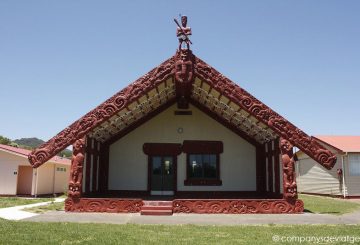混合工作涉及在办公室和家庭之间分配时间,已成为后疫情时代的首选。但是,新西兰的夫妻如何管理这种新的工作方式?
奥克兰大学和梅西大学的研究人员乔安妮·穆特博士和凯伊·索恩副教授研究了职业夫妇如何处理这种平衡。他们特别感兴趣的是想办法让夫妻更轻松地在家工作。
他们的研究发现,在工作与生活的平衡方面,人们通常分为两类。有些人被称为 “集成商”,他们乐于将工作和个人生活混为一谈,例如晚上回复工作电子邮件和白天跑腿。其他被称为 “分离者” 的人则倾向于将工作和个人生活完全分开,坚持特定的工作时间,避免在这些时间之外完成与工作相关的任务。
了解您的伴侣属于哪个类别可以帮助更好地管理情况。例如,如果一个伴侣是分离者,而另一个是整合者,则可能导致不健康的习惯,例如两个伴侣都工作到深夜。
该研究还发现,一些夫妇正在采取激烈的措施,例如搬家以拥有单独的工作空间。其他人正在重新利用房间或翻新房屋,使其适合混合办公。
对于那些没有专门办公室的人来说,制定新的例行程序,例如在街区里走动以表示工作日的结束,可能会有所帮助。下班是夫妻面临的另一个挑战。有些人认为,列出第二天的待办事项清单或在准备晚餐时进行 “工作日末” 补习会很有帮助。
研究人员还发现,如果一个伴侣的角色更加灵活,他们通常会承担更多的家庭责任,具有讽刺意味的是,这会降低灵活性。
公司可以通过培养适应不同工作风格的文化来支持员工。例如,尽管一些公司可能会执行 “下班后禁止发送电子邮件” 的政策,认为这可以帮助所有人断开连接,但它可能不适合那些喜欢在自己方便时回复电子邮件的人。





























































